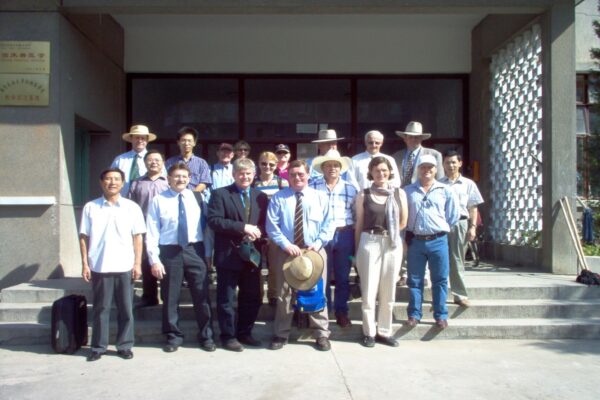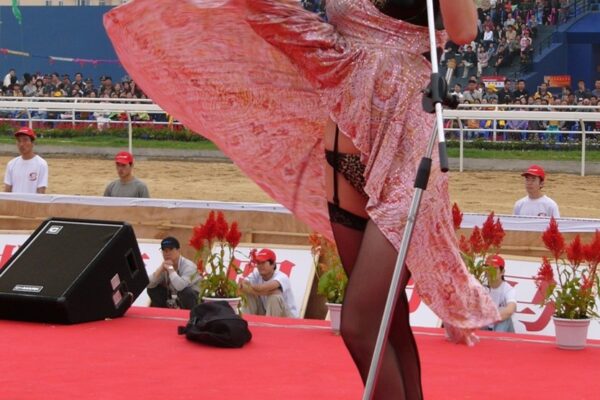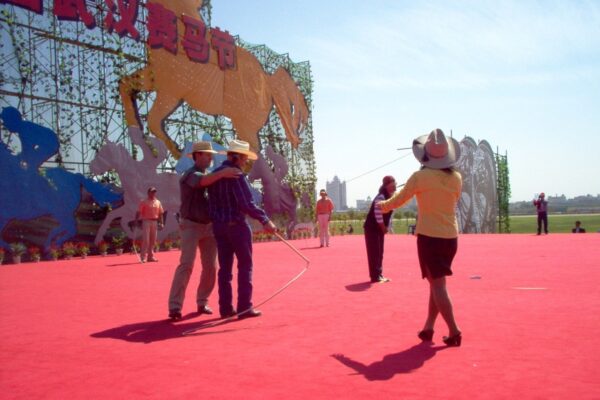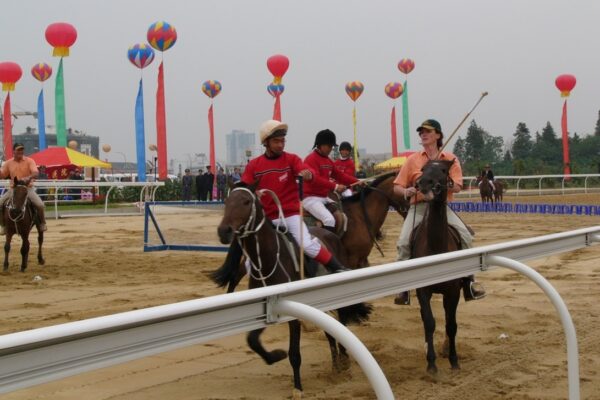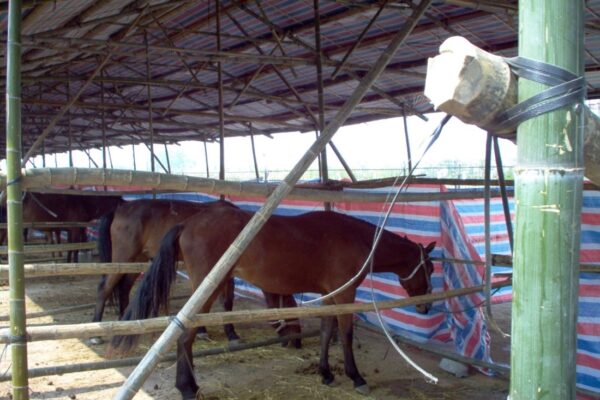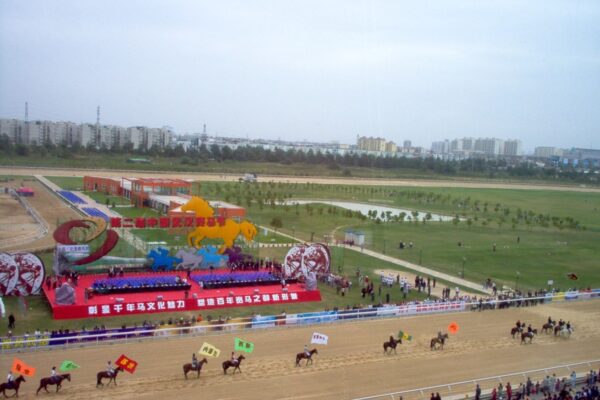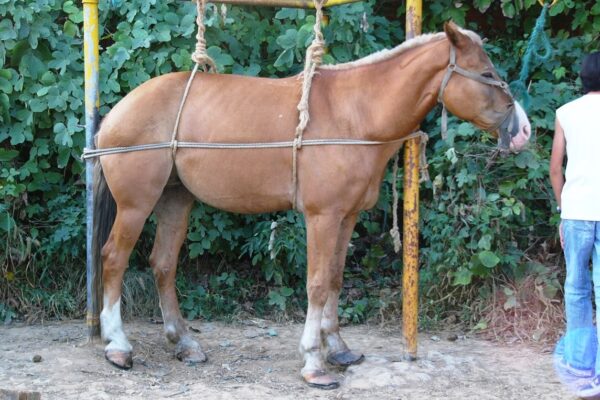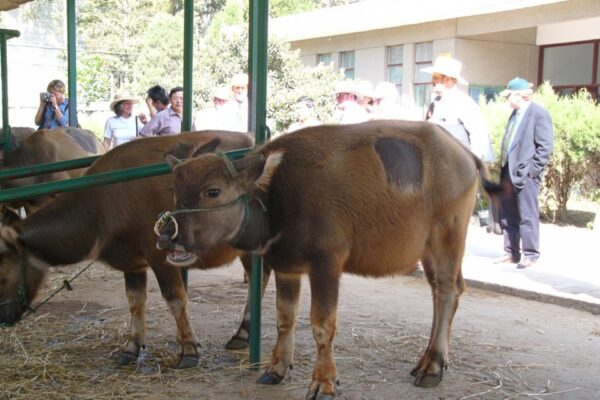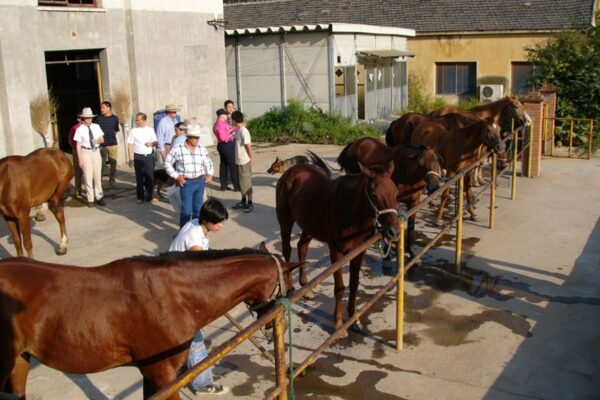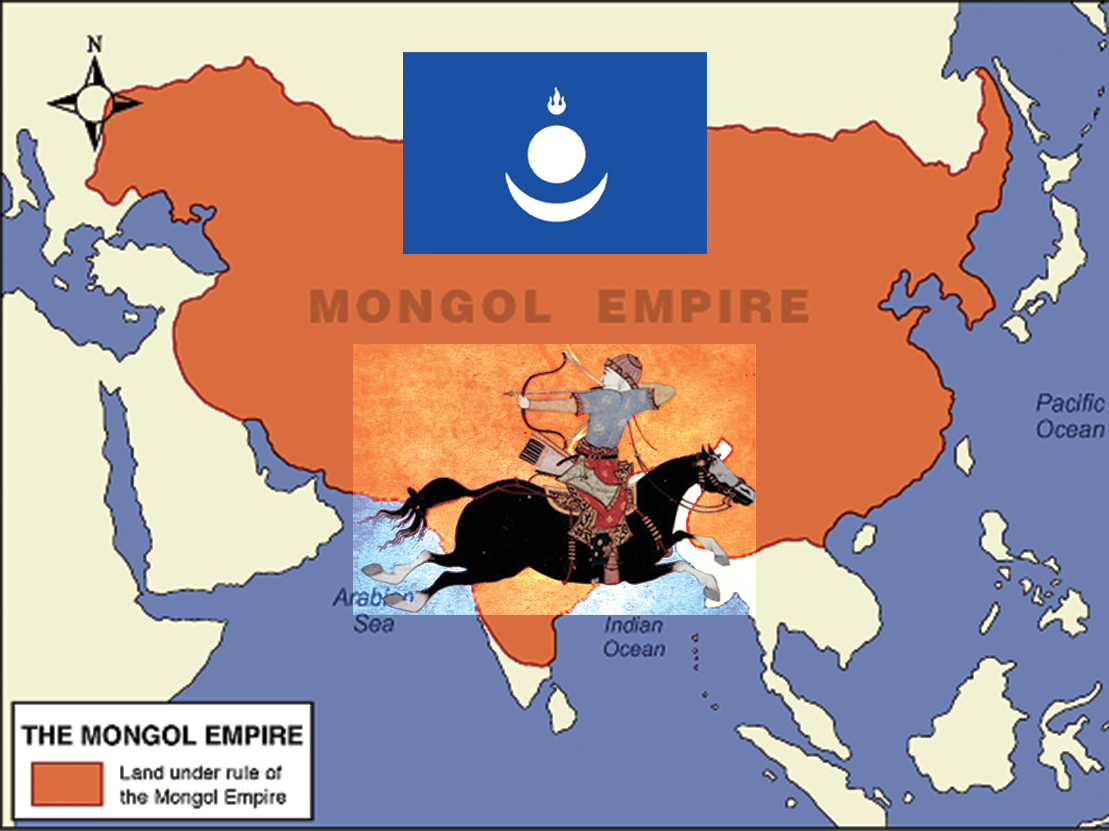The Mongol Empire’s Best Weapon: The Mongolian Horse
See: The Mongol Empire’s Best Weapon: The Mongolian Horse – History (historyonthenet.com)
Featured Image: ‘The Mongol Empire’; acknowledge From racecourses to CPD courses, plenty to get your heart racing. randlab@randlab.com.au
The Mongol army’s battle tactics depended on their sturdy, agile and durable horses. With their Mongol horses and compound bows, the Mongol armies conquered lands from China to Hungary, from northern India to Russia.
The Mongol armies revered their horses and took care of them. Every soldier had four to six horses, and he would switch from riding one to another during a day’s campaign, ensuring that no one horse was ridden to exhaustion. This greatly enhanced the Mongol army’s mobility: they could and did travel great distances, often covering 60 to 100 miles in a day. Because of this unheard-of mobility, no other army could match them.
Mongol battle tactics stemmed from the Mongol’s nomadic lifestyle. Mongols spent their lives on horseback, herding and hunting. These skills easily transferred to warfare. The Mongol army trained every day in horsemanship, archery, hand-to-hand combat and in battle formations and drills. Their generals tried to anticipate every possible enemy move, and then trained their soldiers to counteract those moves. All Mongol warriors and their horses received this constant training, making them the best disciplined fighting force in the world.
In contrast, European armies had only a few trained professional warriors, the knights, and men-at-arms. The rest were farmers, peasants and blacksmiths who were required to fight by feudal laws, but who received only a day or two of battle training.
Favourite Battle Tactics
The Mongol Army was renowned for using cunning in battle. Besides their solid chain of command, excellent communication and disciplined warriors, Mongols repeatedly put a few innovative battle tactics to good use.
Feigned Retreat
The Mongol’s use of the feigned retreat could take two paths. The first path involved a small force of Mongols charging the enemy, then turning and running, leading the enemy into an ambush. The second was to retreat as if routed, luring the enemy troops into following for days. The Mongols would stay just ahead of the enemy until they found a battlefield they liked. Then the Mongols would turn and begin their next favorite battlefield tactic.
Encirclement
When an enemy followed a feigned Mongol retreat, it was easy for enemy troops to become strung out over a distance. When the Mongols turned to the attack, the light cavalry would swiftly ride down the flanks of the enemy to the rear and encircle them. The Mongols stayed out of reach of the enemy and rained arrows down on them. With the enemy soldiers in disarray, the heavy cavalry would move in for the kill, going in close quarters to attack with lances. Neither of these favorite maneuvers would have been possible without the Mongol’s horses.
The Mongol army that conquered such a huge amount of territory owed their winnings to their horses and accurate use of the bow. The Mongols also had military genius, adaptability to new methods of warfare, excellent organization and communication and superior mobility on their side. Still the Mongol army all rode on the backs of their fearless, tough Mongol horses, which some military writers have called “the intercontinental ballistic missiles of the 13th century.”
This article is part of our larger selection of posts about the Mongol Empire. To learn more, click here for our comprehensive guide to the Mongol Empire.
Cite This Article:
“The Mongol Empire’s Best Weapon: The Mongolian Horse” History on the Net
© 2000-2023, Salem Media.
March 10, 2023 <https://www.historyonthenet.com/the-mongol-empires-best-weapon-the-mongolian-horse>
